Sedum reflexum, description and photo, where it is distributed, features of cultivation and care
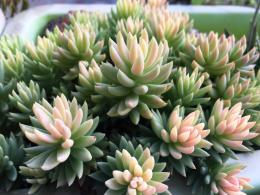
Among all the variety of succulents, Sedum reflexum occupies a rather remarkable niche.
An extremely unpretentious, but beautiful plant will decorate any flower bed and will look appropriate in any design.
Content:
- Sedum reflexum: photo and description of the plant
- Where is it distributed, where does it come from?
- Life expectancy of sedum, is it easy to grow the plant?
- The most popular and widespread varieties of sedum
- Reproduction of sedum
- Sedum reflexum: planting and proper care
- Frost resistance, is it necessary to organize a shelter for the winter?
Sedum reflexum: photo and description of the plant
Sedum or sedum is an undemanding perennial that accumulates the bulk of water in the tissues of the leaves. The name of the plant comes from the Latin “to sit.”
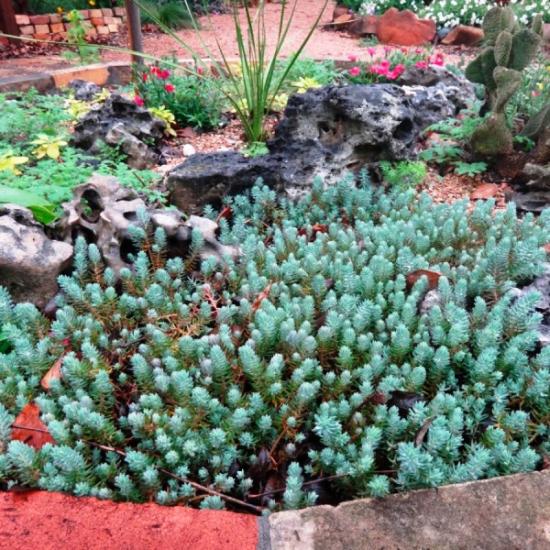
This representative belongs to the Tolstyankov family, retaining the characteristic features of the family members. A characteristic feature of this representative is its developed creeping rhizome, which allows it to cover large areas in record time.
Outwardly recognizable by the lanceolate, pointed upward, yellowish leaves and small flowers that appear in early to mid-summer. After flowering, yellowish straight fruits with small seeds are formed.
Interestingly, young shoots, before flowering, can be used in cooking.They have a spicy, sour taste and perfectly complement the first course.
Where is it distributed, where does it come from?
Homeland sedum considered to be Central Europe, an area with sandy and rocky soils. In the natural environment, it is widespread throughout almost the entire territory of Europe, the Far East, Japan, China, Korea, Siberia, Mongolia and the Caucasus.
It is grown at home in many regions, taking root in the most unfavorable conditions. Bright sunlight is enough to grow it. It grows well in dry meadows, forest clearings, forest edges and railway embankments.
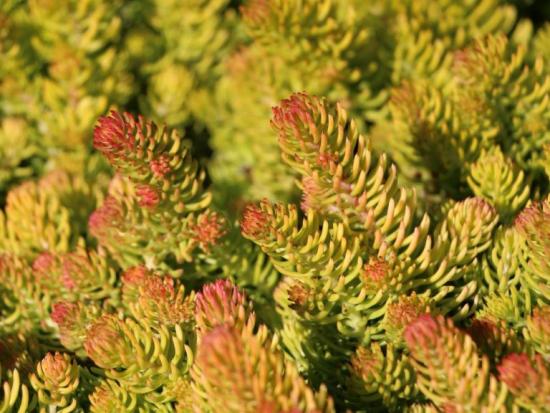
It is also found in fields, where it is better known as a weed. Spreading quickly, sedum covers large areas and is quite difficult to remove, which does not add to its popularity among farmers.
Life expectancy of sedum, is it easy to grow the plant?
Grow sedum Can work on almost any soil, even unfavorable rocky and rocky soil. It is quite easy to grow, as the flower quickly takes root and spreads throughout the garden, forming entire green carpets.
It tolerates lack of moisture without problems, grows well in the sun, and requires periodic loosening of the soil. It is noteworthy that where this flower grows, practically no weeds grow. This secret is explained quite simply - the substances that sedum releases into the soil simply destroy weeds.
Among the varieties of sedum there are both annual and perennial. The latter are recommended to be replanted every three to four years for their rejuvenation.
The most popular and widespread varieties of sedum
There are a large number of different varieties of sedum, which differ in appearance and growing conditions.
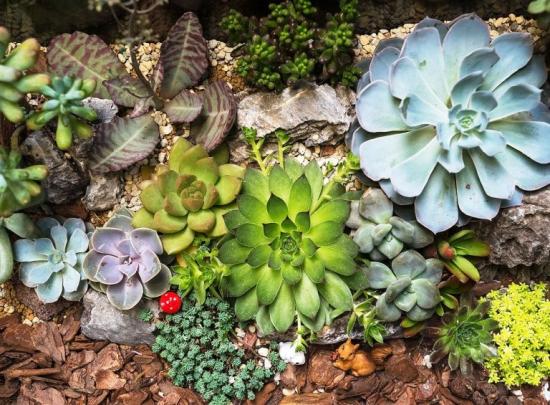
The most notable include:
- Rocky is a herbaceous perennial, not exceeding 25 cm in height with shoots up to 15 cm long. The leaves are linear-subulate, bluish or greenish in color, sometimes acquiring a red tint. In early to mid-summer it blooms with umbrella-shaped inflorescences of rich yellow color that last for three weeks. In the natural environment, distributed in Europe and the North Caucasus;
- Comb - distinguished by a modified stem, which has acquired the appearance of a fleshy body resembling the comb of a rooster. Externally, the stem is covered with small soft needle-shaped leaves, which makes the variety very different from other representatives of sedums;
- Kamchatka - distinguished by simple, ascending stems covered with opposite or alternately arranged leaves. The sedum rhizome may become woody as it grows. The plant grows well in both sun and partial shade. In nature, distributed in Korea, the Far East and Japan;
- False - this perennial grass with creeping rhizomes is found in subalpine meadows and rocky slopes in Iran, Turkey and the Caucasus. Recognizable by its lush, rich green, egg-shaped foliage. It is a winter-hardy plant common in garden design due to its rich foliage and scarlet or pink flowers. Used for planting in mixborders, carpet beds and terraces.
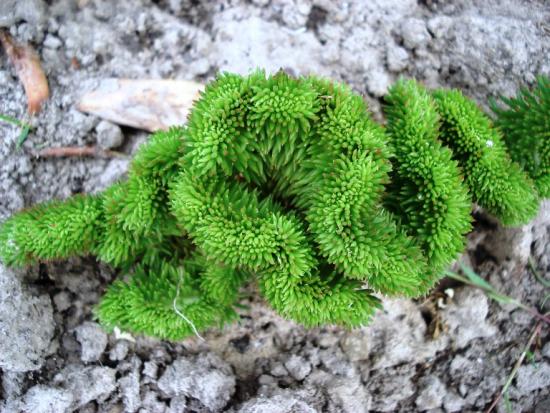
There are a huge number of remarkable varieties that can be found or used in garden design. They are unpretentious and will look original in the flowerbed.
Let's watch a video about varieties of sedum bent:
Reproduction of sedum
There are three ways to propagate sedum.Not all are suitable for home gardening, which is important to consider when growing and propagating this species in your garden.
Growing from seeds
Since sedum belongs to cross-pollinated plants, seedlings will not retain varietal characteristics. Therefore, this method is used primarily in selective breeding.
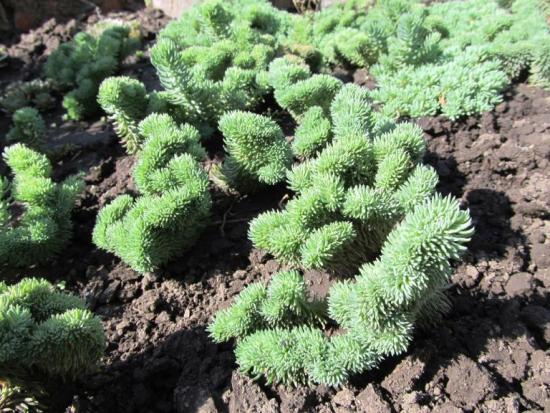
Without the necessary skill and knowledge, it is unlikely that you will be able to grow a sedum from a seedling yourself, so you should not waste your time.
By layering
The simplest method of reproduction available to everyone. It is enough to simply sprinkle soil on an adult shoot in one place so that the aerial roots developed on each shoot take root.
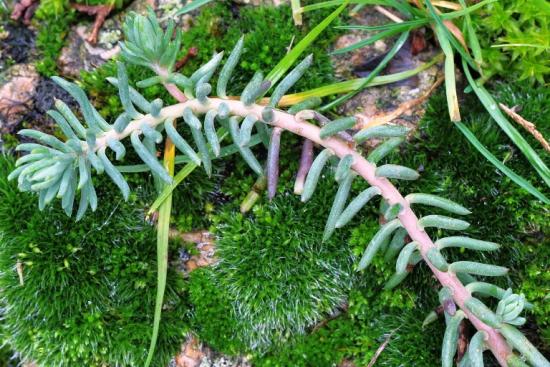
After this, it is enough to dig up the resulting shoot and transplant it to a new place, if desired, or leave it in place for further growth.
Dividing the bush
Large varieties or overgrown flowers can be propagated by dividing the rhizomes. So in the spring you need to dig up the bush and cut the root so that each part has a part of the roots. Plant the resulting parts and water them to stimulate growth in a new location.
Sedum reflexum: planting and proper care
Despite the fact that the plant is quite unpretentious, when planting it is important to take into account a number of certain nuances.
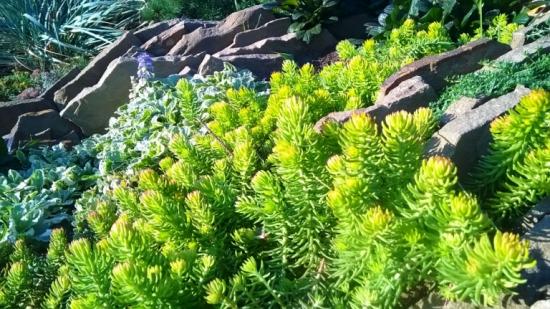
These conventions will help you avoid possible minor troubles:
- Despite the fact that this light-loving species tolerates slight shading well, a severe lack of light can lead to elongated shoots. In addition, in conditions of insufficient lighting, flowering stops. Thus, it is important to place flowers so that they are not covered with leaves in the spring, since in the spring it is quite difficult for sedum sprouts to break through the layer of fallen foliage.If this happens, it is recommended to remove the litter with the first warming before the sedum begins to sprout, so that the sprouts can break through;
- Sedum tolerates a lack of moisture well, but requires moderate watering for normal growth and development;
- Once every four to five years, it is recommended to replant the plant to a new location. This will ensure active and lush growth of the flower in new conditions;
- Sedum grows well on any soil, however, when adding ash and compost in small quantities before planting, the plant will bloom brighter and more abundantly;
- Once every six years, it is recommended to rejuvenate some sedums - completely remove all old shoots to activate the growth of new shoots and improve the general condition of the flower;
- When the sedum begins to bloom, it is recommended to systematically cut off the inflorescences that have already faded. This will help maintain the beauty of the green carpet and improve the condition of the new flowers.

Since Sedum is a succulent and is a fairly unpretentious plant, planting and caring for it does not require much time or excessive effort. It is enough to pay a minimum of attention to make the green carpet in the garden look as aesthetically pleasing and fresh as possible.
Let's watch a video about growing sedum:
Frost resistance, is it necessary to organize a shelter for the winter?
Sedum belongs to winter-hardy plants, but in winter it is recommended to cut off the shoots, leaving no more than 4 cm above the ground.
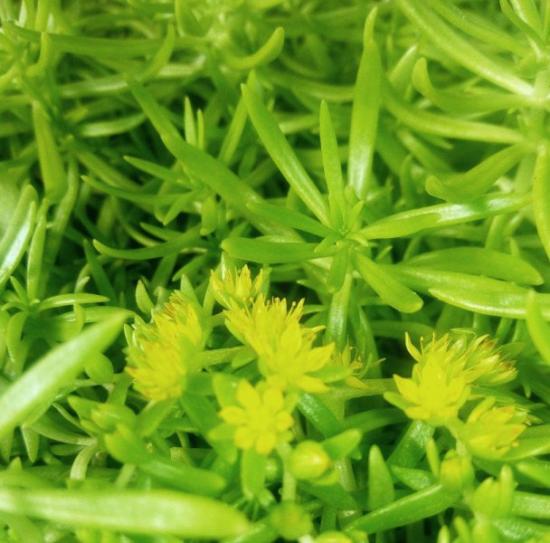
The removed cuttings should not be thrown away - they should be placed in water and after some time, after the roots have formed, planted in a pot. So the green carpet will please the eye even in the winter season.
Winter pruning is not considered mandatory, but if it is not carried out during the cold period, the sedum will lose its attractiveness, darken and will still have to be pruned in the spring.
However, it is important to consider that with the onset of spring warmth, it is imperative to remove the layer of debris that accumulates at the site where the sedum grows so that it can germinate.
Despite the frost resistance of plants, pruning and covering will not be superfluous. This will help you get a fresh and beautiful plant in the spring without frostbitten sprouts.
Sedum reflexum is an aesthetic and unpretentious plant, widespread in garden design due to its ease of care and growth rate. Winter-hardy, fast growing, this flower will quickly spread like a green carpet on any flower bed.

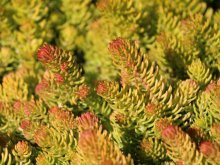
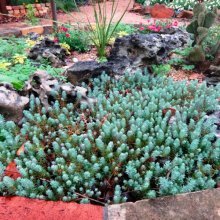
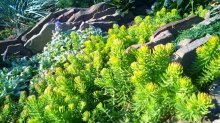
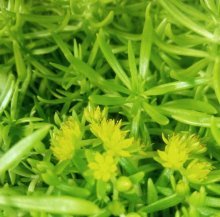

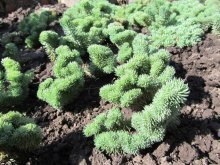
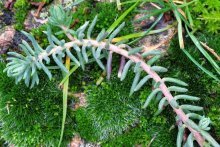
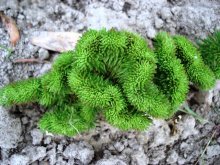
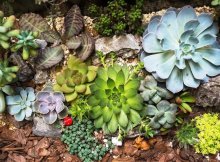

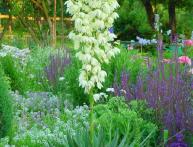
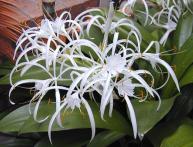
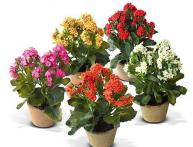
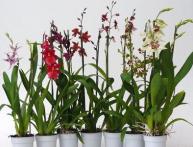

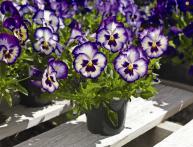
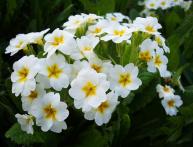
Comments
Such a plant is more suitable not for a flower bed, but for some kind of alpine hill. Moreover, any soil is suitable for it and practically does not need watering, and for growth, rain is enough.
I plant sedum in areas that do not look attractive. Since it is not particularly demanding, it grows well and is accepted where many flowers would die. It is important for him that there is enough light, and watering due to the fleshy leaves can be moderate.